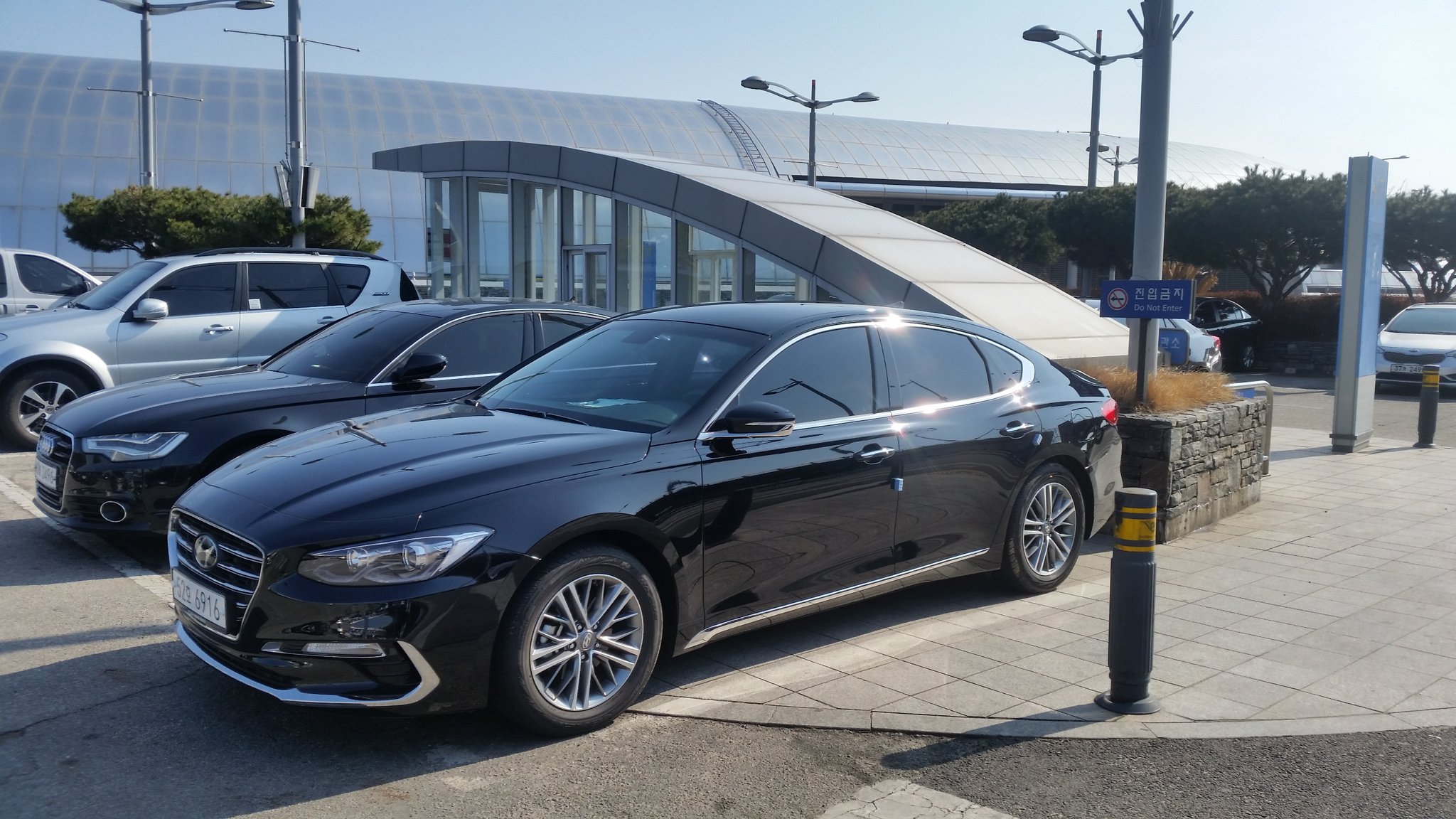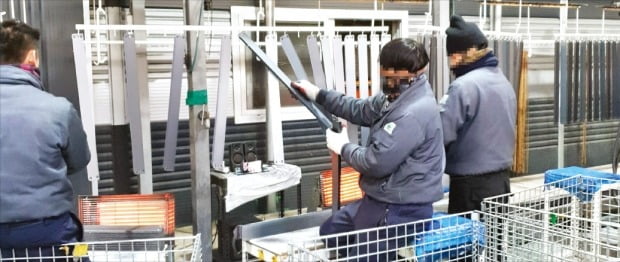South Korea is renowned for having one of the world’s most advanced internet infrastructures and for its rapid digital transformation. In fields such as 5G networks, AI, big data, cloud computing, and autonomous driving, the country not only demonstrates strong global competitiveness but also actively introduces new technologies. As demand for IT professionals rises sharply, the Korean job market is bustling with opportunities and constantly seeking skilled developers, engineers, data scientists, and cybersecurity experts.
For foreign IT specialists, South Korea can be an appealing job market. Options range from large conglomerates to startups and global IT companies’ local subsidiaries. The government, aiming to attract international talent in advanced industries, has been easing visa regulations and expanding various support programs. In this article, we will explore the landscape of IT Jobs in Korea, highlighting job market trends and important considerations for foreign professionals.
Conglomerates vs Startups vs Foreign Subsidiaries: Distinct Characteristics
When it comes to IT employment opportunities for foreigners in Korea, the choices typically fall into three categories. First, Korea’s major conglomerates such as Samsung, LG, SK, and Hyundai. These companies run large-scale R&D centers or IT departments and are actively engaged in global recruitment of highly skilled professionals. While they offer stability in terms of salary and benefits, their larger and conservative structures can make work processes feel somewhat slow.
Second, fast-growing startups and small to mid-sized IT companies. These firms usually offer a free organizational culture and quick decision-making processes, though they may lack financial stability or structured HR systems. For companies aiming to expand overseas, there is a strong chance of creating attractive roles for foreign hires.
Third, the Korean branches of global IT companies such as Google, Microsoft, Amazon Web Services (AWS), and IBM. These offices often share a significant amount of their headquarters’ culture while also adapting strategies to fit the Korean market. With English often being the working language, foreigners may find it easier to adjust. However, the local workforce can be relatively small, and strict HR policies aligned with headquarters can make recruitment highly competitive.

Visa Issues: E-7, D-8, and F Categories for Skilled Professionals
The most common visa for working in the IT industry is the E-7 (Specific Activities) visa. This requires signing an employment contract with a Korean company and meeting certain academic or professional experience standards. In some cases, restrictions may apply depending on the company’s size or industry, so it’s wise to discuss visa feasibility in advance with the HR manager of the company you’re applying to.
If you are considering entrepreneurship or investment, the D-8 (Corporate Investment) visa provides a pathway for founding and running a startup in Korea. By investing funds and hiring local employees, one can maintain this visa while growing the business. Other visa types—such as F-6 (marriage), F-5 (permanent residency), or family-dependent visas—can make employment much more flexible. Identifying the right visa type early can also send a positive signal to potential employers during the application process.
In-Demand Roles: Developers, Data Scientists, and Cloud Engineers
Among the most sought-after roles in the Korean IT market are software developers. From web and mobile applications to backend/frontend, gaming, and embedded systems, countless job postings are open for skilled programmers. For foreigners with expertise in languages such as C++, Java, Python, or Go, along with solid project experience, higher salaries and strong benefits packages are within reach.
Other positions in high demand include data science, machine learning, and cloud engineering (AWS, Azure, GCP). Professionals with experience in building big data platforms, optimizing machine learning models, or handling DevOps are especially valued. Cybersecurity experts specializing in ethical hacking, network security, and other fields are also emerging as core roles in Korea’s era of rapid digital transformation.
Salary and Benefits: Global Standards at the Top, Big Gaps Among SMEs
For experienced developers and engineers, major Korean IT companies sometimes offer salaries exceeding 100 million KRW (approximately USD 80,000–90,000). Leading internet and gaming companies such as Naver, Kakao, NCSoft, and Nexon are in fierce competition to raise salaries and offer stock options or performance bonuses. Successful startups can also offer competitive pay packages and equity options.
On the other hand, salaries at small and early-stage IT firms may be significantly lower, so it is essential to review the company’s financial status and investment history.
Companies may also provide relocation support, housing allowances, or other benefits for foreign employees, so remember to ask about these when negotiating offers. Additionally, keep in mind that taxes and Korea’s four major insurances (National Pension, Health Insurance, Employment Insurance, and Industrial Accident Insurance) can reduce take-home pay, making financial planning crucial.
Workplace Culture Shifts: Remote Work and Horizontal Structures
Since COVID-19, the IT industry has been at the forefront of remote and flexible work adoption. Many companies are well-versed in remote collaboration tools and project management systems, with some allowing two to three days of remote work per week or even fully remote arrangements. For foreign professionals, this flexibility is often attractive, making it important to check a company’s work policy in advance.
In addition, more IT companies are adopting horizontal workplace cultures. Instead of rigid titles, employees may use more casual honorifics, and practices such as mandatory after-work gatherings or excessive overtime are being reduced. While traditional conglomerates may still display clear hierarchies, younger and newer companies often embrace global workplace standards. Observing a company’s website, social media, or asking during interviews can give useful insights into its culture.
Hiring Process: Coding Tests and Portfolios
IT recruitment in Korea often goes beyond resumes and cover letters, incorporating coding tests and project-based assignments. Candidates may be asked to share repositories from GitHub or complete online coding challenges within a set time. Foreigners are not given exemptions, so preparing a strong portfolio is essential.
Interviews may combine English and Korean depending on the role. Technical discussions often take place in English, while HR or team fit interviews may lean on Korean. If you are comfortable keeping up with international trends in English, this could be advantageous, but since many internal documents and chats are in Korean, demonstrating even basic Korean proficiency can help set you apart.
Case Study: Russian IT Professional G, Joining a Korean Conglomerate as a Cloud Engineer
G, a professional from Russia, accumulated five years of experience in AWS cloud architecture and DevOps before being approached by a headhunter from a major Korean conglomerate, S Company, via LinkedIn. Though his Korean proficiency was at a beginner’s level, his skills were thoroughly assessed through an English interview and technical assignment, leading to an employment offer. During salary negotiations, G asked for a 20% increase over his former salary, which was largely accepted by the company.
What surprised G the most was the relatively horizontal and global environment within the IT department of a Korean conglomerate. Because many of the cloud projects were international, English communication was frequent, and remote work was widely practiced. While Korean documents and internal chats posed initial challenges, colleagues helped translate or summarize, making adaptation smooth. G remarked, “I never realized how open the Korean IT job market was, but with the right expertise, opportunities are abundant.”
Conclusion: Seizing New Opportunities with Strong Skills and a Global Mindset
As South Korea’s IT industry rapidly grows, the shortage of skilled professionals has created a welcoming environment for foreign experts. Opportunities exist across large corporations, startups, and foreign subsidiaries, with high demand in specialized areas such as development, data, cybersecurity, and cloud computing. Salaries and benefits at top-tier companies are increasingly competitive on a global level.
However, foreign professionals must also prepare for visa requirements, language and cultural differences, and variations in workplace atmosphere across companies. Conducting thorough research, networking, asking detailed questions during interviews, and understanding Korean labor laws and taxation will be crucial. Given how fast the IT industry evolves, continuous learning and portfolio updates are equally important.
Ultimately, foreigners with strong technical expertise and a global mindset can seize abundant opportunities within the Korean job market. Korean companies are eager to recruit international talent to strengthen competitiveness, and as digital transformation accelerates, demand is expected to grow even further. Finding the right company and role that align with your skills could be an exciting step toward building a rewarding career in South Korea.


WeBring Service : Provides personalized services to foreigners living in Korea
Exclusive offer: Introducing foreign car rental in Korea, WeBring-SoCar









